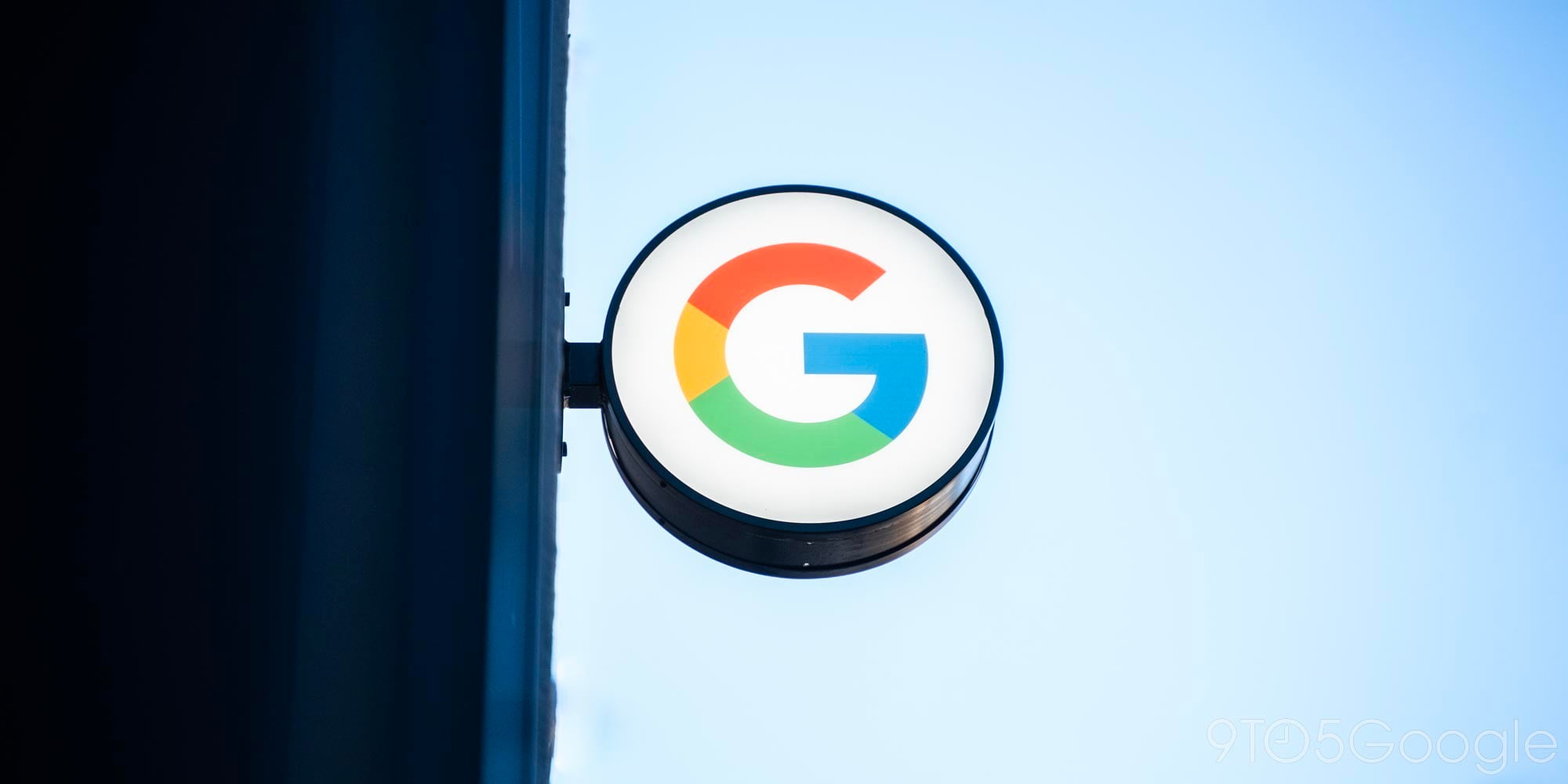

As the Google Chrome web browser and web-based Chrome OS operating system continue on their ever quickening path towards divergence and feature parity with the native Android smartphone operating system, all of which are overseen by Google CEO Larry Page’s number two, Sundar Pichai, Chrome for Android is getting some new functionality that brings it closer to what developers can get out of native apps.
The latest beta build of the mobile browser includes both more granular control for developers over the install banners for web and native apps which want to make their way onto an Android user’s home screen, as well as media playback notifications which display in the Android notification tray and on the lock screen and allow users to play or pause audio which is playing through the mobile browser.
App install banners might sound familiar to those of you who have made extensive use of Apple’s iOS — they’ve been in the Safari browser on that operating system since 2012, albeit for native apps and not web apps as well. The idea with app install banners is to increase discovery of apps that can be added to a user’s device home screen for quick access, particularly once the user has visited a developer’s website more than once in a short period (Google actually only allows the banners to display under these conditions) — a good indicator that they’re interested in what the developer has to offer in the way of products and services. App install banners were introduced to Chrome for Android back in June. The difference now is that developers can delay these install banners from delaying until a later time – say, for example, once they complete a purchase or have some other kind of positive experience. These banners in theory should work fine on iOS as they’re standards-based, but the difference here is that Chrome itself manages the actual prompting of the user.
Install banners are important because native apps – applications written specifically to function on a particular smartphone operating system — are notoriously more performant than apps accessed through the web, and as such developers may want to encourage visitors to download their app instead of continuing to use the mobile website. At the same time, however, web apps are getting progressively better through the support of both open source web technologies like HTML5 as well as improvements to the browsers we actually visit them through, as we’re seeing here and through other developments like the addition of beacon support for web apps accessed through Chrome for iOS. That Chrome for Android’s install banner ads work for both native and web apps recognizes this reality.
The second notable addition to come with Chrome Beta 45 is the aforementioned media playback notification on Android when audio is playing in web content. For context, when a native app like Spotify or Google Play Music is playing music on an Android device, it will display media controls in a system notification that can be found by dragging down from the top of the screen. This notification enables users to play, pause, skip back or go forward in their audio tracks, all without having to leave whatever app they’re currently using. This new notification for web apps will do the same thing but display only play and pause controls for audio that plays on a website, though, and so long as the audio is within either an <audio> or <video> HTML5 tag.
Oftentimes I find myself clicking on a link from inside an app that takes me to a page containing a podcast or other piece of audio, and up until now the only option I got when I hit play and closed the browser was a notification that would take me back to the page playing the audio — I couldn’t control the audio directly from the notification. It’s probably not a scenario many people find themselves in often, wishing for this kind of limited media control for audio playing from the mobile web browser, but these more accessible controls are welcome nonetheless.
Chrome for the many platforms is distributed through Google but also available in an entirely open-sourced version called Chromium that is the same albeit stripped of some proprietary Google technology (read this for a bit more explanation). This latest beta version for desktop can be downloaded directly from Google’s website now, by clicking here, while the mobile version should be available in the Play Store soon.
FTC: We use income earning auto affiliate links. More.




Comments